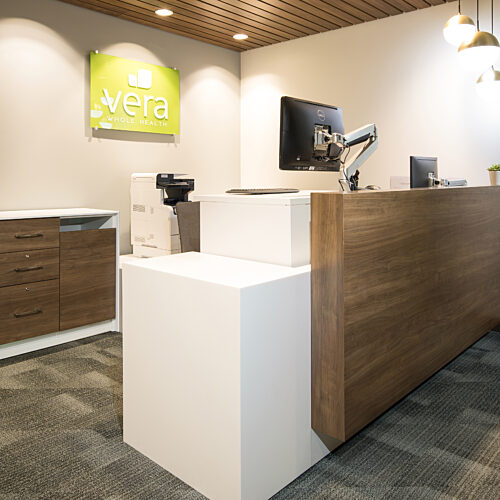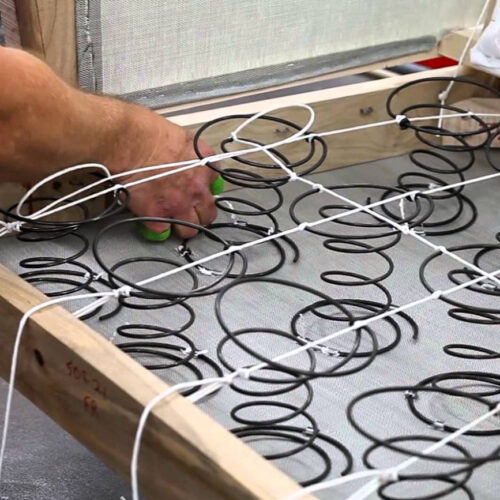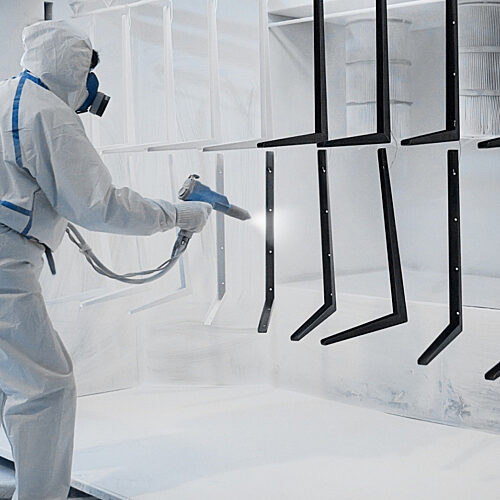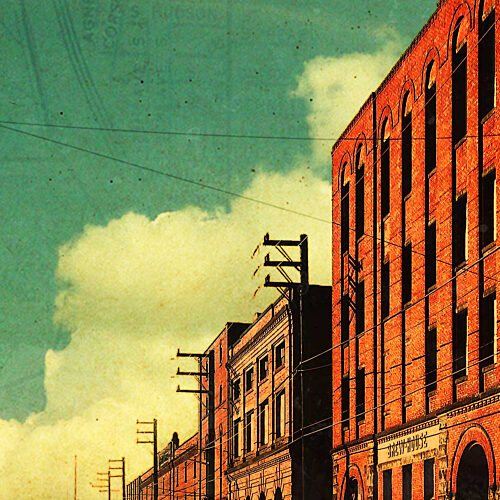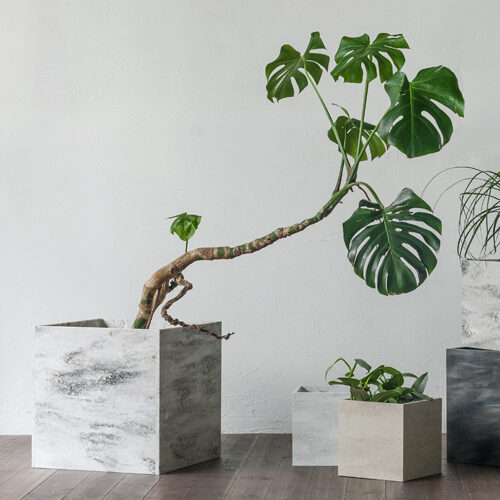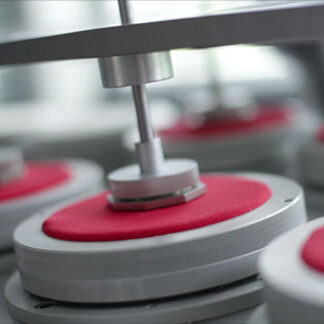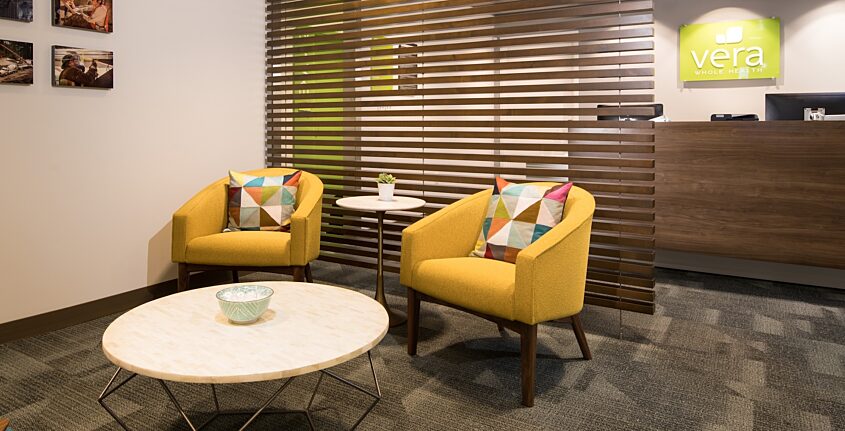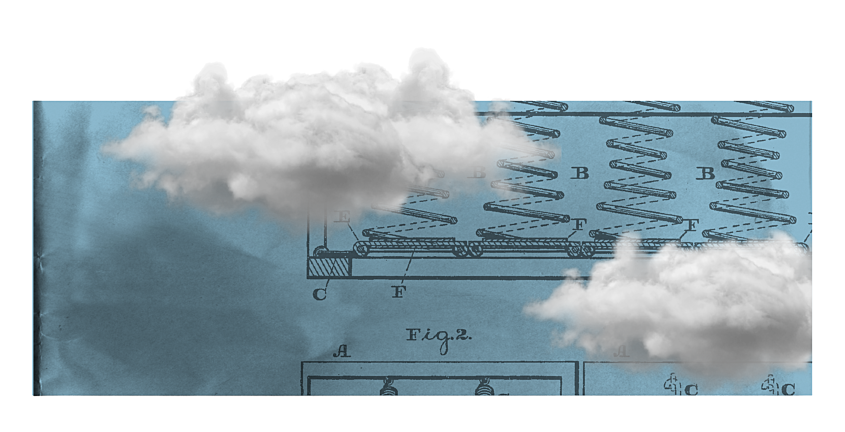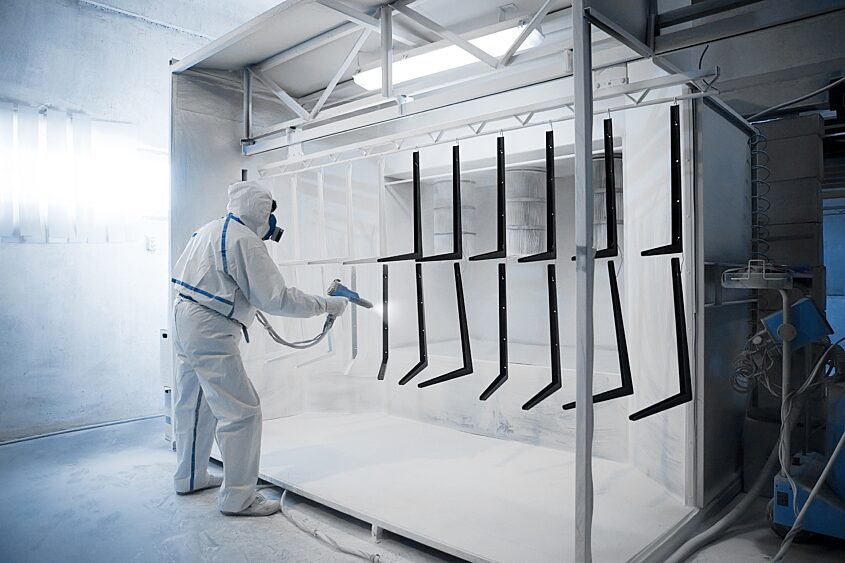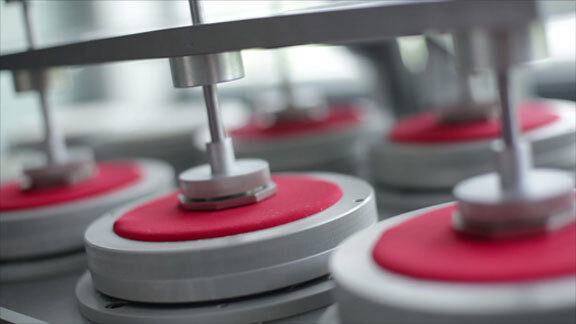Bill Stumpf, the co-creator of Herman Miller’s Aeron chair (along with Don Chadwick), said, “True comfort is the absence of awareness.” Bill’s anecdote inspires us, and we think that the converse applies when seeking to achieve this vision: awareness allows the achievement of true comfort.
At Memo, seated comfort is a key factor in achieving our version of good design, and both awareness and composition of seating suspension is a primary piece of the solution. It is also a topic rich with technical advancement, polarized views, and strong opinions.
There are a few key methods used today to achieve seating suspension: springs, webbing, and molded elastomeric. There is also a host of curious alternates inspired or borrowed from adjacent industries such as aviation, automotive, and sleep/mattress.
In the furniture industry, there’s often an assertion as to which is best, but it really depends on the constraints of the project and context of the application. For instance, the suspension on seating in a waiting area might differ than that on a task chair, and both may differ than that on a lounge collection. Opinions aside, the good news is that when produced and applied well, they all can achieve healthy and long lasting seated comfort.
Springs are a traditional approach still used today by companies old and new. They go back to the late 1850s. Often found in three forms; sinuous, coil, or flat, sprung seats tend to produce noticeable support and loft. The differentiator of spring technology is that they are installed under tension in a preloaded fashion. This provides for stored energy within a seat and helps keep constant the forces applied once humans take a seat. Further, springs can also hold a form, and when deployed, allow for thinner, more efficient use of polyurethane foams.
Setting springs is an art, requiring honed spring-tying skills, unique tools, and a gut sense for getting force, tension, and spacing just right.
Webbing is another method. Traditionally achieved with interwoven jute or cotton herringbone strap material, webbing has lineage back to chair caning, which is a classic form of suspension.
Thonet’s 214 bentwood or coffee house chair (also designed in the 1850’s) is one of the most well know examples and is still sold and found in use today across the world.
While caning is still a craft in practice today, more common in contract furniture manufacturing is the production of webbing made with 1.5” to 3” wide elastic plastic or rubber materials cross woven into a “web” surface. This web is effectively webbing – and is very low profile, easy to install (with the right tools) and plays well with secondary layers of foams and upholstery materials. Further, years of evolution and refinement of webbing has resulted in webbing sheet goods that are production savvy and efficient. Provided on wider rolls than typical strap goods, this industrialized webbing can cover broad areas easily and quickly using handheld or automated equipment.
Notable with both springs and webbing is how each attaches to chair frames. Clips, clasps, hooks, and/or staples are requirements for these methods, and each requires parts, labor, and more often than not - special fixtures or tensioning tools. In an effort to compound this craft into a faster and more cost-effective industrial process, and to potentially increase quality and performance, Molded Elastomeric seating was developed.
Molded Elastomeric seating is a modernized and advanced form of webbing. Stumpf and Chadwicks’s Aeron Chair “pellicle” is widely known as the pioneering form, and many have followed since with similar efforts. This method is similar to webbing from sheet goods but is achieved with much more sophistication in the specification of yarns and weave. Additionally, it often combines with proprietary methods for tensioning and capturing the material into a seat frame to achieve remarkable support, air circulation, and distribution of pressure, within one cohesive part. The fusion of these attributes typically requires an operational environment that includes molding, tensioning, and trimming equipment.
Selecting the right suspension and achieving seated comfort is both an art and science………with a bit of personal taste woven in. At Memo, we combine various methods to produce the right seating experience and remain attentive to comfort from start to finish. Our toolbox includes foam, springs, and webbing, and we deploy each in a tailored fashion depending on the product type and application. In simple terms, our goal is to produce the best comfort possible given the constraints of the product, and along the way strive for Bill Stumpf’s idea of “true comfort”.


